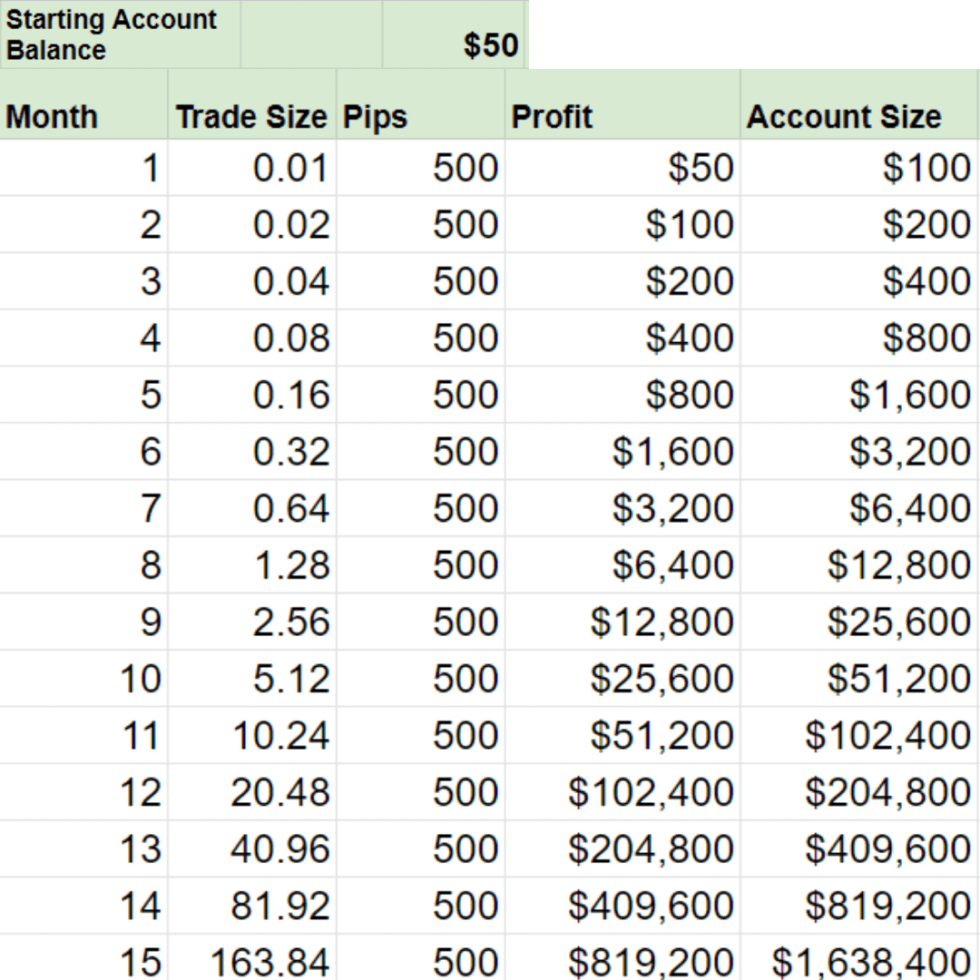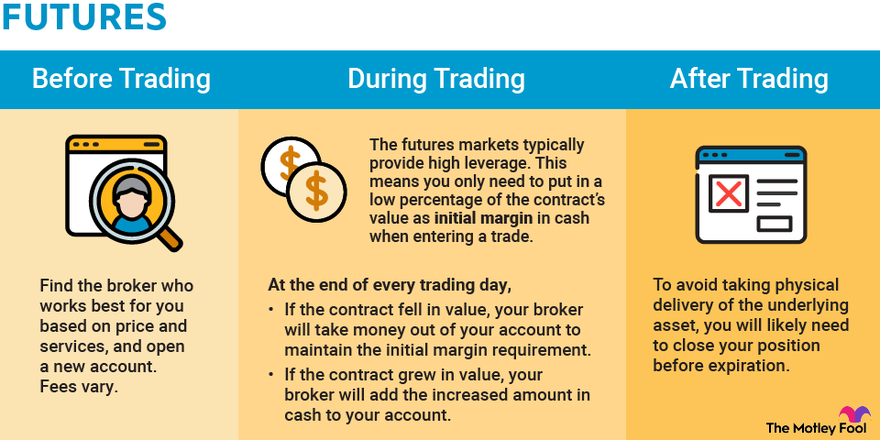
Buy Ripple Crypto: A Guide to XRP Investing – Are you intrigued by the world of cryptocurrencies and curious about the potential of Ripple (XRP)? This guide will provide you with a comprehensive understanding of Ripple’s history, its unique value proposition, and how to purchase XRP securely. We’ll delve into the advantages and disadvantages of using XRP, compare it to other popular cryptocurrencies, and explore the factors influencing its price fluctuations. Join us as we navigate the exciting world of Ripple and uncover its potential for growth.
Ripple, a decentralized network designed to facilitate fast and cost-effective global payments, utilizes XRP, its native cryptocurrency, to power its transactions. The Ripple network boasts a robust consensus mechanism and a dedicated ledger that ensures the security and efficiency of its operations. This guide will explore the intricacies of Ripple and XRP, empowering you to make informed decisions regarding your potential investment.
Introduction to Ripple (XRP)
Ripple, a global financial technology company, has revolutionized the way financial institutions and individuals send and receive money. At the heart of this revolution is XRP, a cryptocurrency that plays a crucial role in facilitating fast and efficient cross-border payments.
Ripple’s journey began in 2011 with the vision of creating a more efficient and cost-effective global payments network. The company, initially known as OpenCoin, aimed to address the challenges associated with traditional international money transfers, such as high fees, slow processing times, and limited accessibility.
The Ripple Network and its Purpose
The Ripple network is a distributed ledger technology (DLT) that allows financial institutions to send and receive payments in various currencies, including fiat currencies and cryptocurrencies, in a secure and transparent manner. The network operates independently of traditional financial intermediaries, enabling faster and more cost-effective transactions.
XRP: The Native Cryptocurrency of the Ripple Network
XRP is the native cryptocurrency of the Ripple network. It serves as a bridge currency, facilitating the exchange of different currencies within the network. XRP’s speed and efficiency make it an ideal choice for cross-border payments.
The XRP Ledger and its Consensus Mechanism
The XRP Ledger is a decentralized and public ledger that records all transactions on the Ripple network. It uses a unique consensus mechanism called the “Ripple Consensus Ledger Agreement” (RCSA). Unlike traditional blockchains that rely on proof-of-work, RCSA uses a consensus algorithm that is designed to be faster and more energy-efficient.
The RCSA mechanism works by having a group of validators, known as “Unique Node Lists” (UNLs), agree on the validity of transactions. This process ensures that the XRP Ledger remains secure and reliable.
Understanding Ripple’s Value Proposition: Buy Ripple Crypto
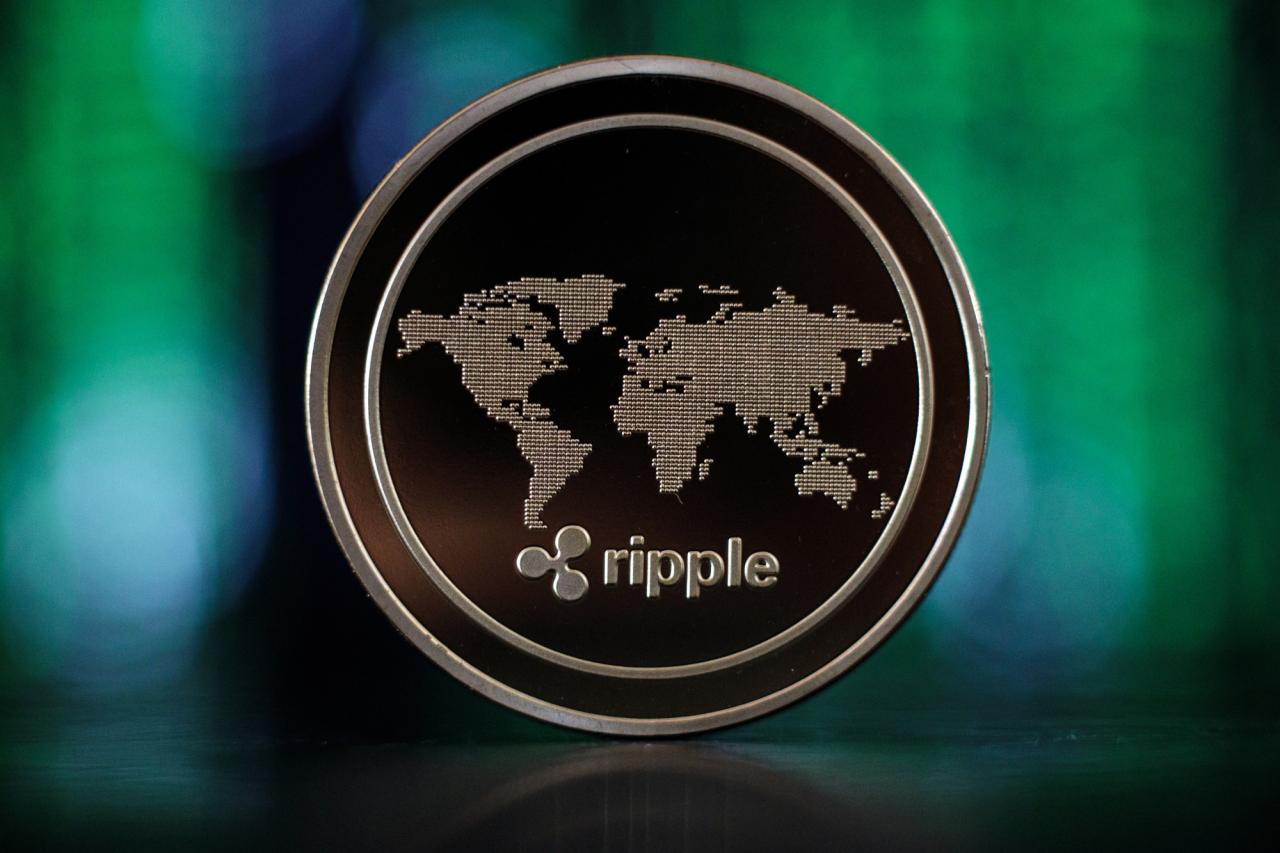
Ripple’s value proposition revolves around its innovative approach to cross-border payments, aiming to provide faster, cheaper, and more efficient transactions compared to traditional methods. XRP, Ripple’s native cryptocurrency, plays a crucial role in facilitating these transactions.
Advantages of Using XRP for Payments and Transactions
XRP offers several advantages for payments and transactions, making it a compelling option for individuals and institutions alike.
- Speed: XRP transactions are processed significantly faster than traditional bank transfers, typically settling within seconds or minutes. This rapid processing time is crucial for businesses and individuals requiring quick and reliable payments.
- Cost-Effectiveness: Compared to traditional payment systems, XRP transactions are significantly cheaper, with minimal fees involved. This affordability makes XRP particularly attractive for international payments, where high fees can be a major deterrent.
- Scalability: The Ripple network is designed to handle a high volume of transactions, making it highly scalable. This scalability is essential for handling large-scale payments and transactions, especially for financial institutions and corporations.
- Security: The Ripple network employs advanced security measures to protect transactions from fraud and unauthorized access. This robust security system ensures the safety and integrity of every transaction on the network.
Disadvantages of Using XRP for Payments and Transactions
While XRP offers several advantages, it also has some limitations that users should consider.
- Centralization: Unlike Bitcoin, which operates on a decentralized network, Ripple has a centralized structure. This centralized control has raised concerns about potential manipulation and censorship, which could impact the network’s neutrality and transparency.
- Regulatory Uncertainty: The regulatory landscape for cryptocurrencies is still evolving, and XRP is not exempt from this uncertainty. This lack of clarity can create challenges for businesses and individuals seeking to use XRP for financial transactions.
- Price Volatility: As with most cryptocurrencies, XRP’s price is subject to significant volatility. This price fluctuation can create risks for users who rely on XRP for payments or investments.
Comparison of XRP to Bitcoin and Ethereum
XRP stands out from other cryptocurrencies like Bitcoin and Ethereum due to its unique features and functionalities.
- Bitcoin: While Bitcoin is known for its decentralized nature and security, its slow transaction speeds and high fees make it less suitable for real-time payments. In contrast, XRP prioritizes speed and cost-effectiveness, making it a more viable option for cross-border transactions.
- Ethereum: Ethereum is a versatile platform that supports smart contracts and decentralized applications. However, Ethereum’s transaction fees can be volatile and unpredictable, especially during periods of high network activity. XRP offers a more predictable and cost-efficient solution for payments and transactions.
Factors Influencing XRP’s Price Volatility and Potential for Growth
XRP’s price is influenced by various factors, including market sentiment, adoption by financial institutions, regulatory developments, and technological advancements.
- Market Sentiment: As with any cryptocurrency, XRP’s price is susceptible to market sentiment. Positive news and developments can lead to price increases, while negative news or events can cause price declines.
- Adoption by Financial Institutions: Ripple’s success depends heavily on the adoption of its technology by financial institutions. As more institutions embrace XRP for cross-border payments, the demand for the cryptocurrency is likely to increase, potentially driving up its price.
- Regulatory Developments: Regulatory clarity and favorable policies can boost XRP’s price by increasing investor confidence and facilitating wider adoption. Conversely, unfavorable regulations or regulatory uncertainty can dampen investor enthusiasm and negatively impact the price.
- Technological Advancements: Continuous improvements and advancements in Ripple’s technology can enhance its efficiency, scalability, and security, attracting more users and investors and potentially driving up the price.
How to Buy Ripple (XRP)
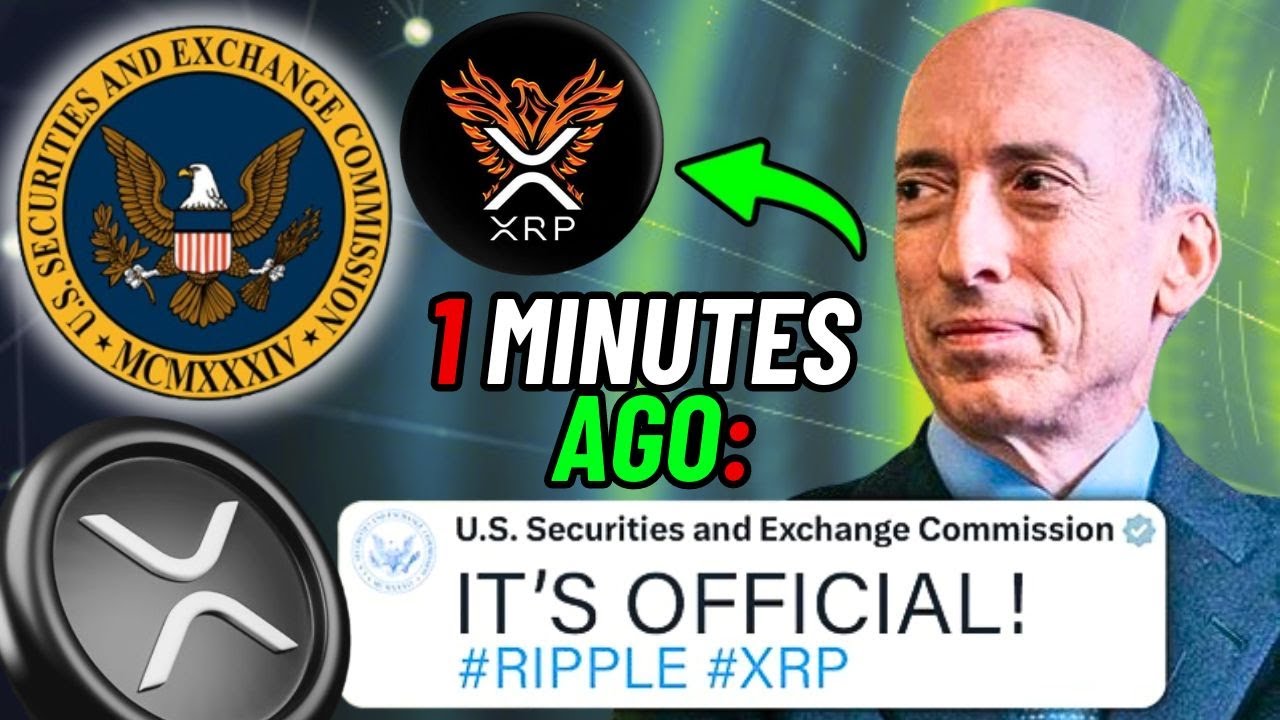
Purchasing Ripple (XRP) is a relatively straightforward process, but it’s crucial to choose the right exchange and take appropriate security measures to safeguard your investment.
Choosing a Cryptocurrency Exchange
Selecting a reliable cryptocurrency exchange is the first step in buying XRP. Several exchanges offer XRP trading, each with its own features, fees, and security protocols. Here’s a breakdown of key factors to consider:
- Fees: Exchanges charge fees for transactions, typically in the form of trading fees, deposit fees, and withdrawal fees. Compare fee structures across different exchanges to find the most cost-effective option.
- Security: Prioritize exchanges with robust security measures, including two-factor authentication (2FA), cold storage for digital assets, and a history of protecting user funds.
- Supported Cryptocurrencies: Ensure the exchange supports XRP trading and offers a variety of other cryptocurrencies, allowing for potential diversification of your portfolio.
- User Interface: Choose an exchange with a user-friendly interface that’s easy to navigate and understand, especially if you’re new to cryptocurrency trading.
- Customer Support: Opt for an exchange with responsive customer support channels in case you encounter any issues or have questions.
Comparing Cryptocurrency Exchanges
The following table compares some popular cryptocurrency exchanges based on key factors:
| Exchange | Fees | Security | Supported Cryptocurrencies |
|---|---|---|---|
| Coinbase | Variable, depending on transaction size and payment method | Two-factor authentication, cold storage, insurance for certain assets | Over 100 cryptocurrencies |
| Binance | Low trading fees, variable deposit and withdrawal fees | Two-factor authentication, cold storage, security audits | Over 600 cryptocurrencies |
| Kraken | Competitive fees, variable depending on transaction size and payment method | Two-factor authentication, cold storage, security audits | Over 100 cryptocurrencies |
| KuCoin | Low trading fees, variable deposit and withdrawal fees | Two-factor authentication, cold storage, security audits | Over 600 cryptocurrencies |
Verifying Your Identity
Most cryptocurrency exchanges require you to verify your identity to comply with anti-money laundering (AML) and know your customer (KYC) regulations. This process typically involves providing personal information, such as your name, address, and a government-issued ID.
Step-by-Step Guide to Buying XRP
Once you’ve chosen an exchange and verified your identity, follow these steps to purchase XRP:
- Create an Account: Sign up for an account on your chosen exchange. This usually involves providing your email address, password, and other required information.
- Fund Your Account: Deposit funds into your exchange account using a supported payment method, such as a bank transfer, debit card, or credit card. Note that deposit fees may apply.
- Search for XRP: Find XRP on the exchange’s trading platform using its ticker symbol (XRP).
- Place an Order: Select the amount of XRP you want to buy and choose a suitable order type (market order, limit order). Market orders execute immediately at the current market price, while limit orders allow you to specify a maximum price you’re willing to pay.
- Confirm the Purchase: Review the order details and confirm the purchase. Your XRP will be credited to your exchange account once the transaction is complete.
Storing XRP Securely
After purchasing XRP, it’s essential to store it securely to protect it from theft or loss. Here are two popular methods:
Hardware Wallets
Hardware wallets are physical devices that store your private keys offline, providing a high level of security. They are considered the most secure way to store cryptocurrencies, as they are not susceptible to hacking or malware.
Software Wallets
Software wallets are applications that store your private keys on your computer, mobile device, or online. While they are less secure than hardware wallets, they offer greater convenience and flexibility.
Important Note: Never store your XRP on an exchange for extended periods. Exchanges are susceptible to hacking and security breaches. It’s always recommended to store your XRP in a secure wallet for long-term holding.
Factors to Consider Before Buying XRP
Before investing in XRP, it’s crucial to understand the potential risks involved. The cryptocurrency market is known for its volatility, and XRP is no exception.
Risks Associated with Investing in XRP
The cryptocurrency market is highly volatile, and XRP’s price can fluctuate significantly in a short period. This volatility can lead to substantial losses for investors.
- Market Volatility: XRP’s price is subject to rapid changes, influenced by factors such as market sentiment, news events, and regulatory developments.
- Regulatory Uncertainty: The regulatory landscape for cryptocurrencies is evolving, and changes in regulations can impact XRP’s value and trading activity.
Impact of Regulations and Legal Developments on XRP
Regulatory developments can significantly affect the XRP ecosystem. For instance, the SEC’s lawsuit against Ripple Labs, alleging that XRP is a security, has created uncertainty and volatility in the market.
- SEC Lawsuit: The ongoing SEC lawsuit against Ripple Labs regarding the classification of XRP as a security has created uncertainty and volatility in the market.
- International Regulations: Different countries have varying regulations for cryptocurrencies, which can impact XRP’s accessibility and usage.
Comprehensive Research Process, Buy ripple crypto
Thorough research is essential before investing in XRP.
- Market Trends: Analyze historical price data, market capitalization, and trading volume to understand XRP’s performance and market sentiment.
- Fundamental Analysis: Evaluate Ripple’s technology, business model, partnerships, and competition to assess the long-term potential of XRP.
- Risk Tolerance: Consider your investment goals, risk tolerance, and financial situation before committing to XRP.
Potential Use Cases of XRP
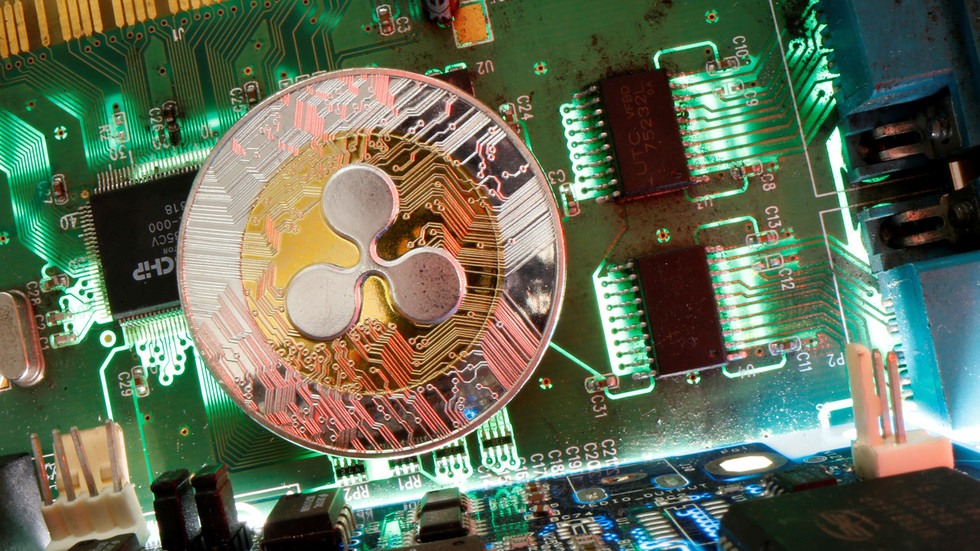
XRP, Ripple’s native cryptocurrency, has gained significant traction in the financial industry due to its potential to revolutionize cross-border payments and institutional settlements. Ripple’s technology aims to provide a faster, more efficient, and cost-effective alternative to traditional methods, offering several potential use cases that can benefit businesses and individuals worldwide.
Cross-Border Payments
XRP’s speed and efficiency in facilitating cross-border payments are key strengths. Its unique design allows for near-instantaneous transactions, significantly reducing the time and cost associated with traditional international transfers. Furthermore, XRP’s decentralized nature eliminates the need for intermediaries, further enhancing speed and cost efficiency.
Institutional Settlements
Ripple’s technology is well-suited for institutional settlements, particularly in the financial services sector. XRP’s ability to handle large volumes of transactions quickly and securely makes it a viable solution for institutions seeking to streamline their settlement processes.
Real-World Examples of XRP Utilization
XRP’s potential has attracted several businesses and organizations seeking to leverage its capabilities for their operations.
| Organization | Industry | Use Case |
|---|---|---|
| MoneyGram | Money Transfer | Utilizes XRP for cross-border payments, enabling faster and more efficient transactions between customers. |
| Banco Santander | Banking | Employs XRP for real-time cross-border payments, offering a more efficient alternative to traditional methods. |
| RippleNet | Financial Network | Provides a global network for financial institutions to send and receive payments using XRP, facilitating seamless cross-border transactions. |
Future Potential of XRP
As the digital asset landscape evolves, XRP is expected to play a significant role in shaping the future of finance. Its potential to enhance cross-border payments, institutional settlements, and other financial services positions it as a key player in the emerging digital economy.
Ultimate Conclusion
Investing in Ripple (XRP) presents a unique opportunity to participate in the evolving landscape of digital assets. By understanding the fundamentals of the Ripple network, its value proposition, and the factors influencing XRP’s price, you can make well-informed decisions. Remember to conduct thorough research, assess the risks involved, and choose reputable platforms for buying and storing your XRP. As the cryptocurrency market continues to evolve, Ripple and XRP are poised to play a significant role in the future of finance.
FAQ Guide
What are the fees associated with buying XRP?
Fees for buying XRP vary depending on the chosen exchange platform. Some exchanges charge transaction fees, while others may have deposit or withdrawal fees. It’s crucial to compare fees across different platforms before making a purchase.
Is Ripple regulated?
Ripple is subject to various regulations, including anti-money laundering (AML) and know-your-customer (KYC) rules. The regulatory landscape surrounding cryptocurrencies is constantly evolving, so it’s important to stay informed about the latest developments.
What is the future outlook for XRP?
Predicting the future price of XRP is inherently speculative. However, its potential use cases in cross-border payments and institutional settlements, coupled with the growing adoption of blockchain technology, suggest a positive long-term outlook. It’s essential to conduct thorough research and consider various factors before making investment decisions.

